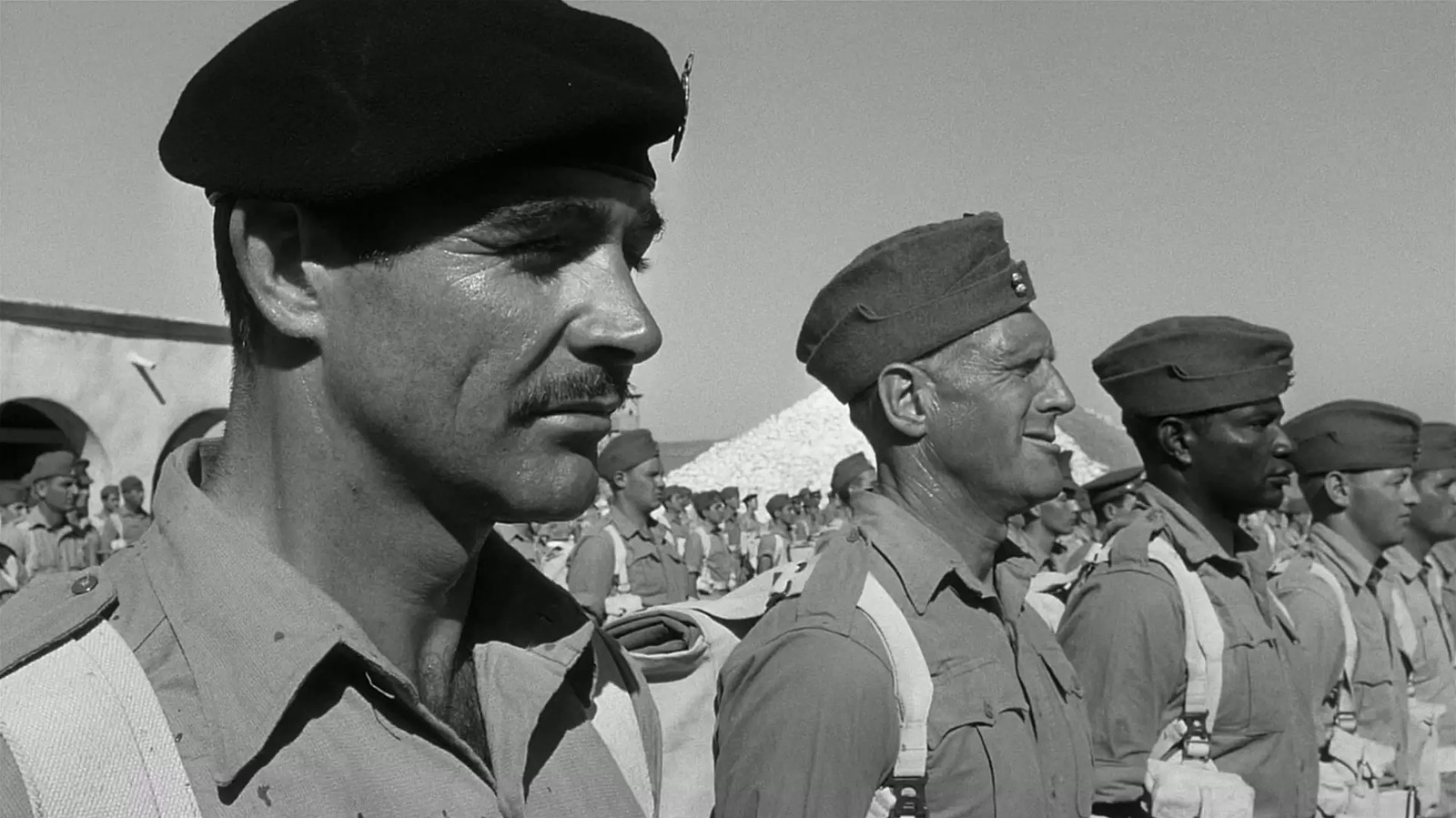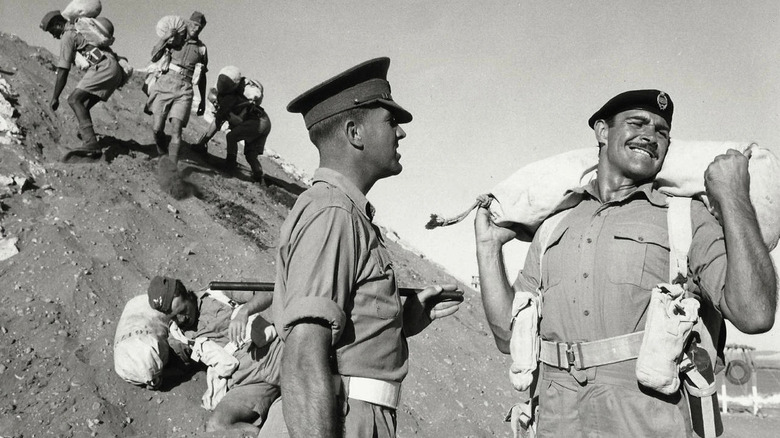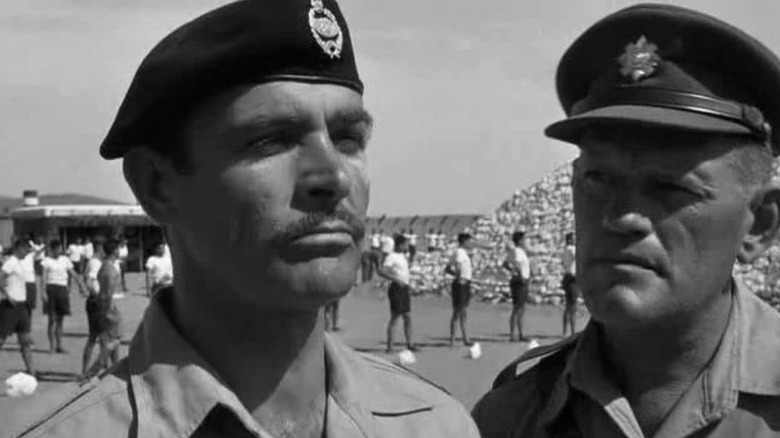“Never Say Never Again.”) Those films made him a household name, a sex symbol, and an international icon, but they arguably overshadowed the rest of his career. But he did have significant ability beyond looking great in a tuxedo, and two of his most substantial roles came working with Sidney Lumet in “The Hill” and “The Offence.” Ironically, the first of these movies might not have happened without Connery’s stint on Her Majesty’s secret service.
Although Connery had already started to weary of playing Bond after “Dr. No” and “Goldfinger,” he had used his credit from those movies to branch out into more serious dramatic roles, appearing in Alfred Hitchcock’s “Marnie” and Basil Dearden’s “Woman of Straw.” Better still was Lumet’s “The Hill,” which Connery admitted might not exist without his box-office pulling power after playing the suave secret agent. He told Playboy magazine:
“[The success of Bond] had everything to do with it, of course. As a matter of fact, it might not have been made at all except for Bond. It’s a marvellous movie with lots of good actors in it, but it’s the sort of film that might have been considered a non-commercial art-house property without my name on it. This gave the producers financial freedom, a rein to make it. Thanks to Bond, I find myself now in a bracket with just a few other actors and actresses who, if they put their names to a contract, it means the finances will come in.”
Connery’s two films with Lumet are perhaps underrated because they’re both pretty bleak and hard-hitting pictures. I’d argue Connery’s finest performance came in 1973’s “The Offence”, where he played a burnt-out copper on the case of a suspected sex offender (Ian Bannen in a BAFTA-nominated role) who may harbor deviant fantasies of his own. Eight years earlier, he was almost as good in “The Hill,” playing a sardonic military prisoner who clashes with the authorities after the needless death of a fellow inmate. Let’s take a closer look.



